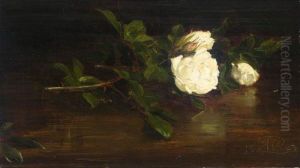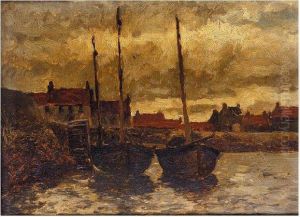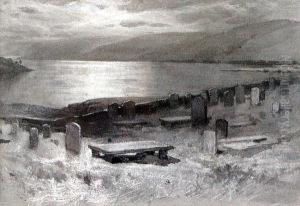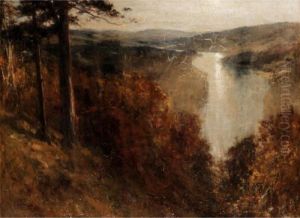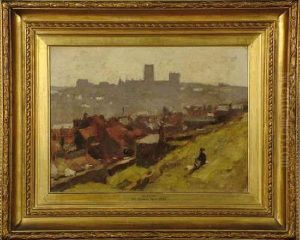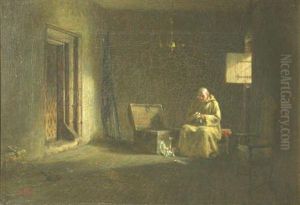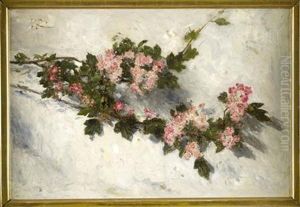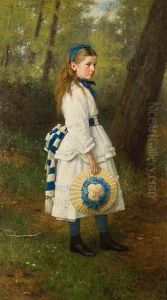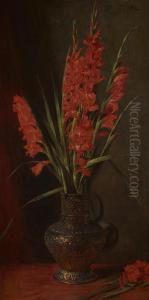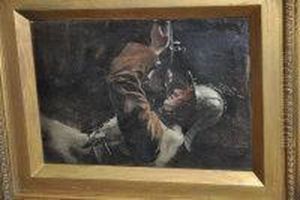George, Sir Reid Paintings
Sir George Reid was a Scottish artist known for his portraiture, landscape, and genre painting. Born on December 31, 1841, in Aberdeen, Reid began his artistic education at the Trustee’s Academy in Edinburgh. He later traveled to London and then to Paris, where he was greatly influenced by French realist and naturalist painters, which is evident in his handling of light and composition.
Reid's early work focused on genre scenes and historical subjects, but he achieved great acclaim for his portraits, which became his primary focus. He was particularly adept at capturing the character and social standing of his sitters, which made him a popular portraitist among the Scottish elite. His work was characterized by a nuanced use of color and a skillful rendering of textures, which brought his subjects to life.
Throughout his career, Reid was an active member of the art community in Scotland. He was elected president of the Royal Scottish Academy in 1891, a position he held for several years. Reid was knighted in 1902 for his contributions to the arts, which was a significant honor and a testament to his impact on the Scottish art scene.
Sir George Reid's landscapes also contributed to his reputation. He painted the Scottish countryside with a sensitive eye for light and atmosphere, which resonated with the Victorian public's growing interest in the natural world.
Reid's influence extended beyond his paintings. He was involved in various initiatives to improve art education in Scotland and was instrumental in establishing the National Galleries of Scotland.
He passed away on February 9, 1913, in Edinburgh. Today, his works are held in many public collections, including the National Galleries of Scotland and the Aberdeen Art Gallery. Sir George Reid remains a respected figure in Scottish art history for his contributions as an artist and as an advocate for the arts in Scotland.
